|
|
|
|
Species Photo Gallery for Cedusa vulgaris No Common Name 7 |
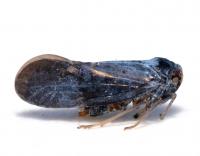 | Photo by: Kyle Kittelberger
Out Of State Co.
Comment: female; identified by C. Bartlett | 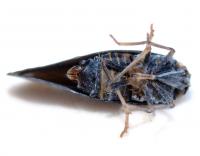 | Photo by: Kyle Kittelberger
Out Of State Co.
Comment: female; identified by C. Bartlett |
 | Photo by: Kyle Kittelberger
Out Of State Co.
Comment: male; identified by C. Bartlett | 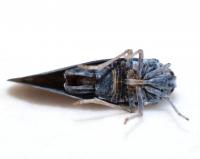 | Photo by: Kyle Kittelberger
Out Of State Co.
Comment: male; identified by C. Bartlett |
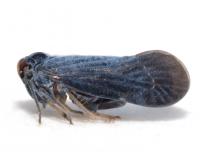 | Photo by: Kyle Kittelberger
Out Of State Co.
Comment: male, Identified by C. Bartlett | 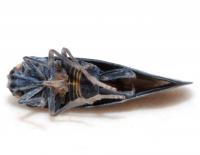 | Photo by: Kyle Kittelberger
Out Of State Co.
Comment: male, Identified by C. Bartlett |
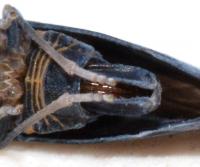 | Photo by: Kyle Kittelberger
Out Of State Co.
Comment: Identified by C. Bartlett |

 »
»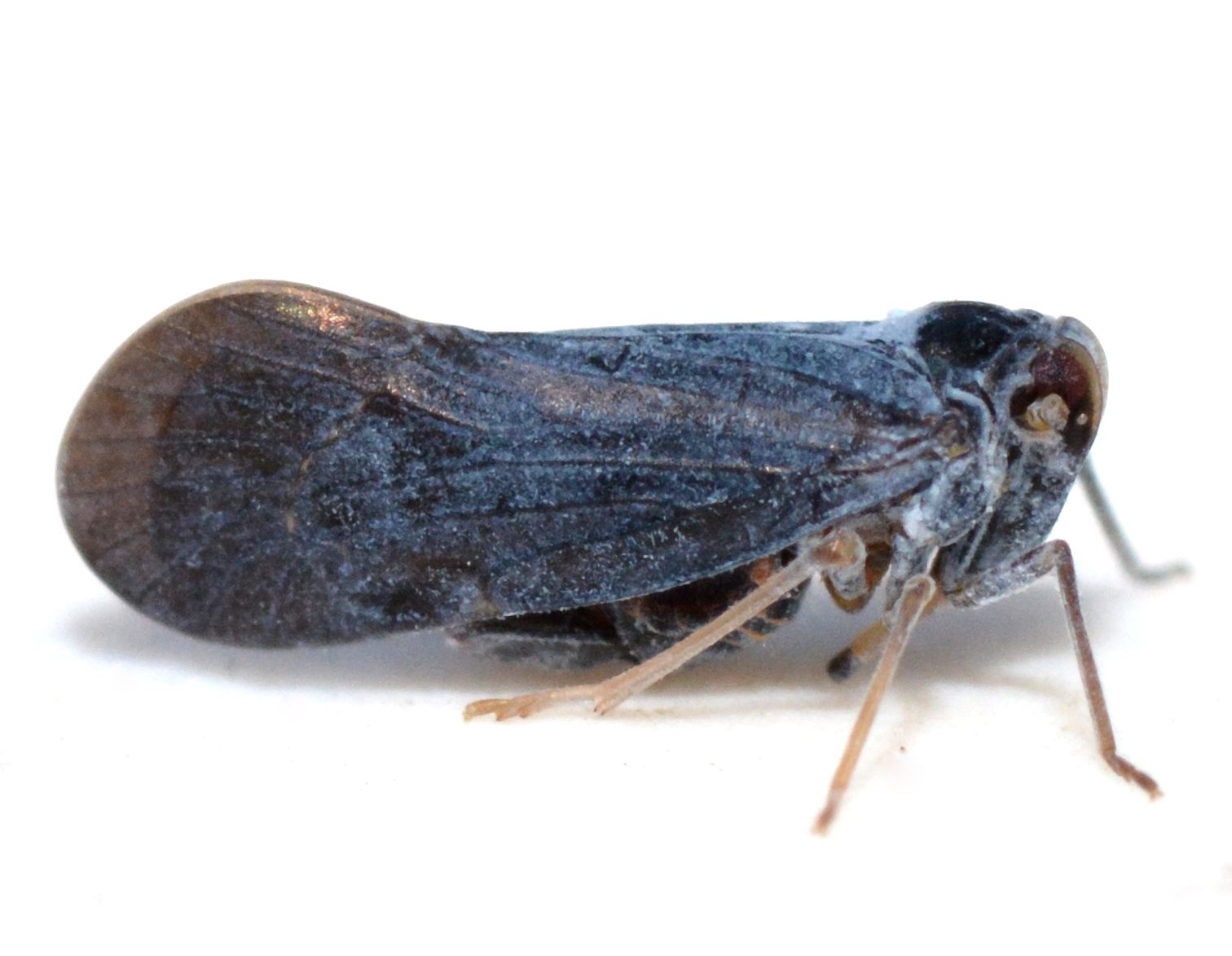
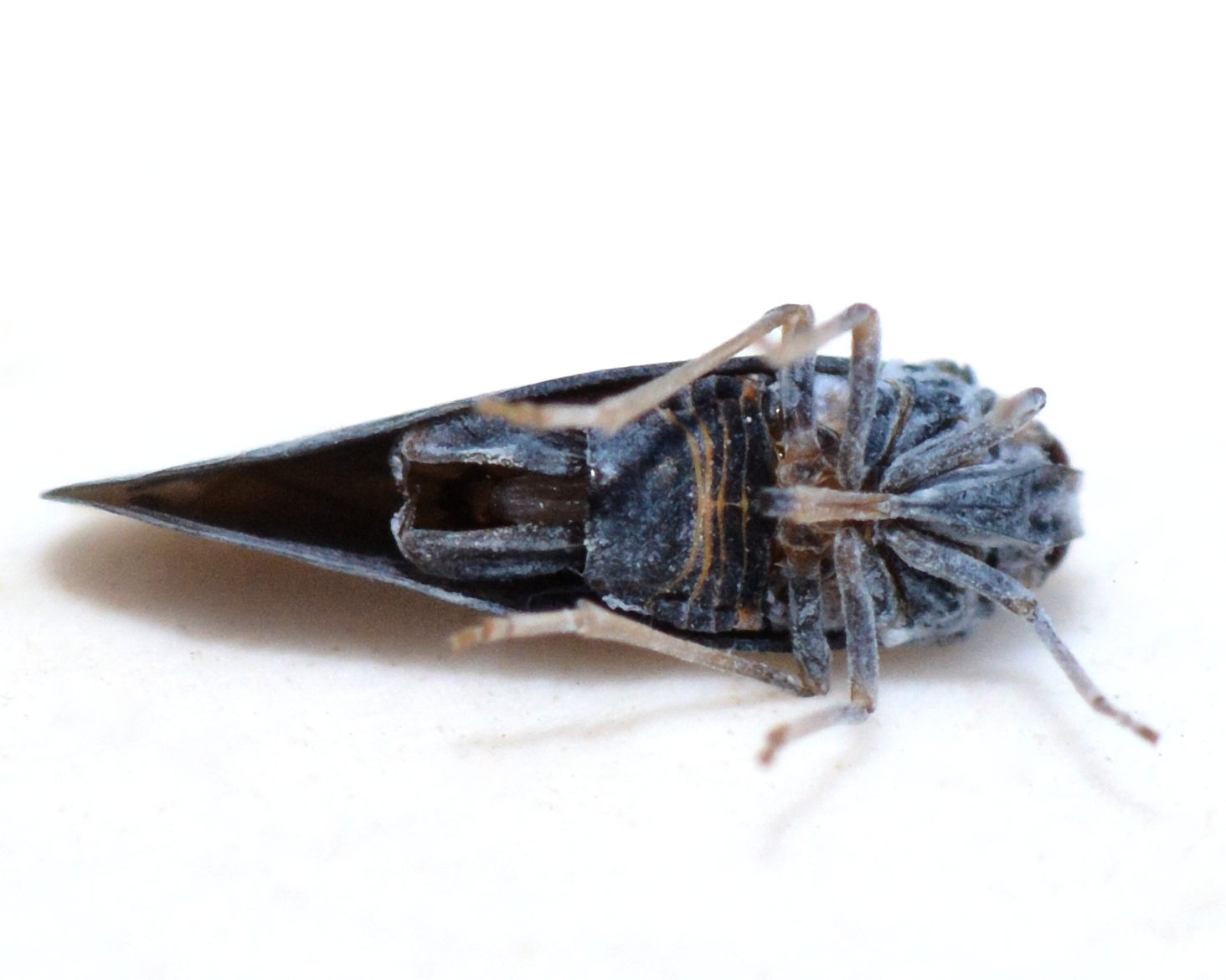
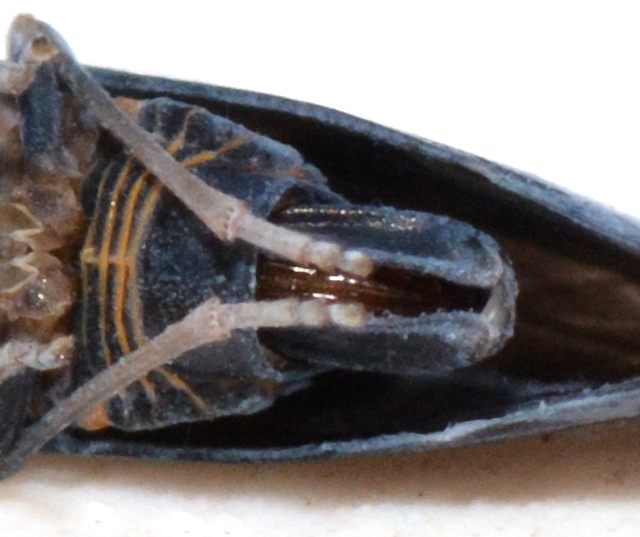


 »
»


